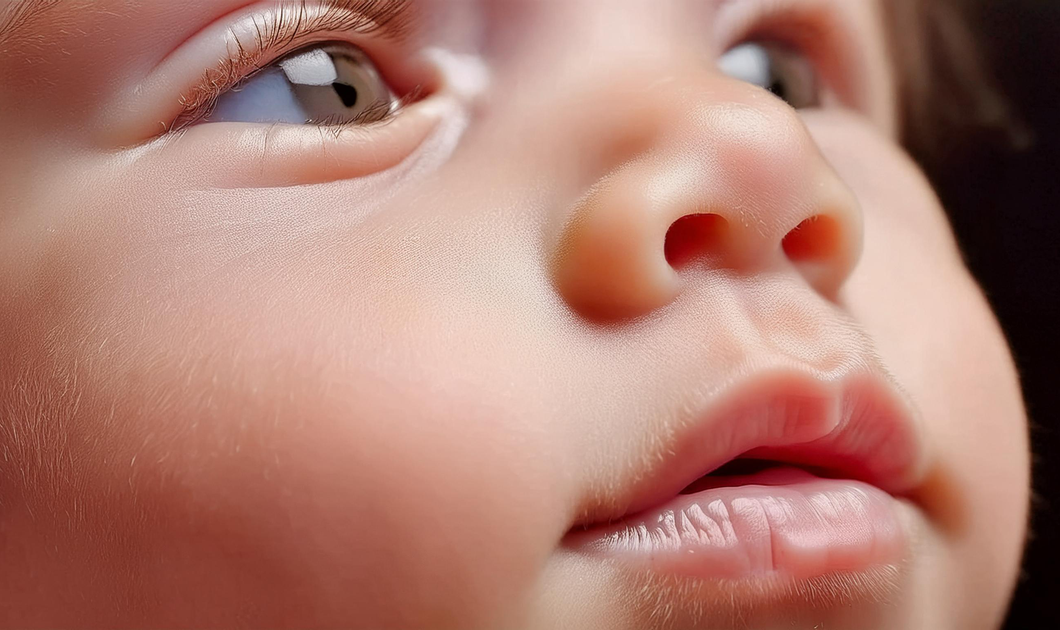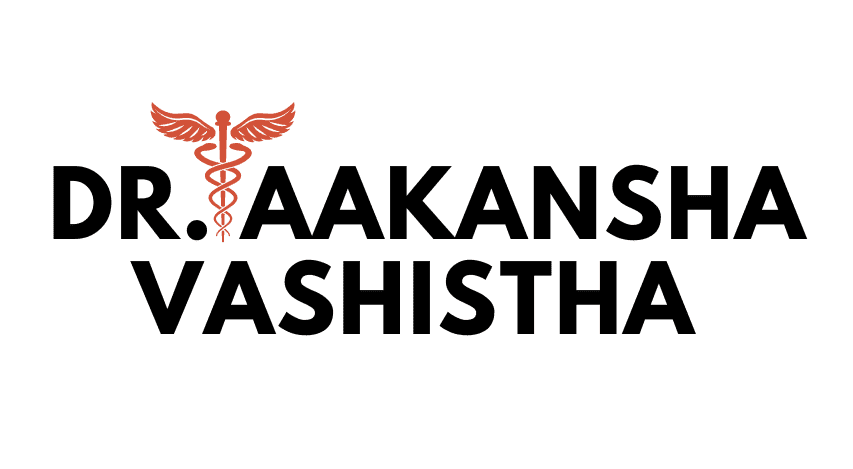- +91-856 184 0164
- connect@draakanshavashistha.com
- Jaipur (RAJ) INDIA
CONTACT US
- +91-856 184 0164
- Jaipur (RAJ) INDIA
- connect@draakanshavashistha.com

Plastic Surgery | Reconstructive Surgery
PROCEDURE : SURGICAL
What is Cleft Lip?
Cleft lip and palate are among the most common congenital anomalies.
- A cleft lip is an opening or gap in the upper lip that occurs when the tissues of the lip do not fuse completely during fetal development.
- The gap can vary in size from a small notch to a large opening extending to the nose.
- It may involve one or both sides of the upper lip.
- A cleft palate is a split or opening in the roof of the mouth (palate) that occurs when the tissues of the palate do not fuse properly.
- The cleft can involve the hard palate (front portion) and/or the soft palate (back portion).
- It may occur alone or in conjunction with a cleft lip.
Cleft lip and palate are among the most common congenital anomalies.
- About 1 in every 1,600 babies is born with both cleft lip and palate.
- Approximately 1 in every 2,800 babies is born with a cleft lip without a cleft palate.
- Around 1 in every 1,700 babies is born with a cleft palate only.


Before

After
What Causes Cleft Lip and Cleft Palate?
The exact cause of cleft lip and palate is often unknown.
Several factors may increase the risk of a baby being born with a cleft lip or palate:
The exact cause of cleft lip and palate is often unknown.
- It is believed to result from a combination of genetic and environmental factors.
- A higher risk exists if there is a family history of cleft conditions.
Several factors may increase the risk of a baby being born with a cleft lip or palate:
- Family history of cleft conditions.
- Use of certain medications during pregnancy, such as antiseizure drugs.
- Maternal factors such as folic acid deficiency, obesity, smoking, or alcohol use during pregnancy.
- Cleft lip is often diagnosed through a prenatal ultrasound.
- Cleft palate may be harder to detect before birth and is typically diagnosed through physical examination after birth.

What are the Treatment Options for Cleft Lip and Cleft Palate?
Beyond surgery, children may require:
Children with cleft conditions may experience:
While not all cases can be prevented, risk reduction strategies include:
With appropriate treatment, most children lead normal, healthy lives.
Breastfeeding is possible but may require additional support.
- Treatment typically involves multiple surgeries, starting as early as 3 to 6 months of age.
- Cleft lip repair is usually performed first, followed by cleft palate repair by 12 months.
- Additional surgeries may be required to address speech issues, dental alignment, nasal deformity and aesthetic improvements.
Beyond surgery, children may require:
- Speech therapy to address speech difficulties.
- Orthodontic care for dental alignment and bite correction.
- Hearing assessments and interventions if necessary.
- Correction of nasal deformity.
Children with cleft conditions may experience:
- Feeding difficulties due to the gap between the mouth and nose.
- Increased risk of ear infections and potential hearing loss.
- Speech development challenges and potential nasal speech.
- Dental issues such as misaligned or missing teeth.
While not all cases can be prevented, risk reduction strategies include:
- Avoiding smoking, alcohol, and certain medications during pregnancy.
- Ensuring adequate folic acid intake before and during pregnancy.
With appropriate treatment, most children lead normal, healthy lives.
- Regular follow-up care is essential to monitor speech, hearing, dental health, and emotional well-being.
- Some children may require ongoing psychological support to address self-esteem issues.
Breastfeeding is possible but may require additional support.
- Lactation consultants can assist with positioning and alternative feeding methods if necessary.
- Specialized bottles and feeding techniques can help ensure adequate nutrition.
- Children with cleft conditions require diligent dental care.
- Early intervention by a pediatric dentist is crucial to monitor tooth development.
- Orthodontic care, including braces and palate expanders, may be necessary as the child grows.
#CleftLip #CleftPalate #CongenitalAnomalies #BirthDefects #CleftSurgery #PediatricSurgery #SpeechTherapy #OrthodonticCare #PrenatalUltrasound #GeneticCounseling #FetalDevelopment #CleftLipRepair #CleftPalateRepair #LactationSupport #PediatricDentistry #CleftCareTeam #CleftAwareness #CleftLipAndPalate #ChildhoodSurgery #PediatricPlasticSurgery #FeedingChallenges #CleftPrevention #CleftTreatment #DentalCareForCleft #CleftRiskFactors #SpeechDevelopment #OrthognathicSurgery #CleftAndHearingLoss #PediatricHealth #CleftComplications #CleftSupport

